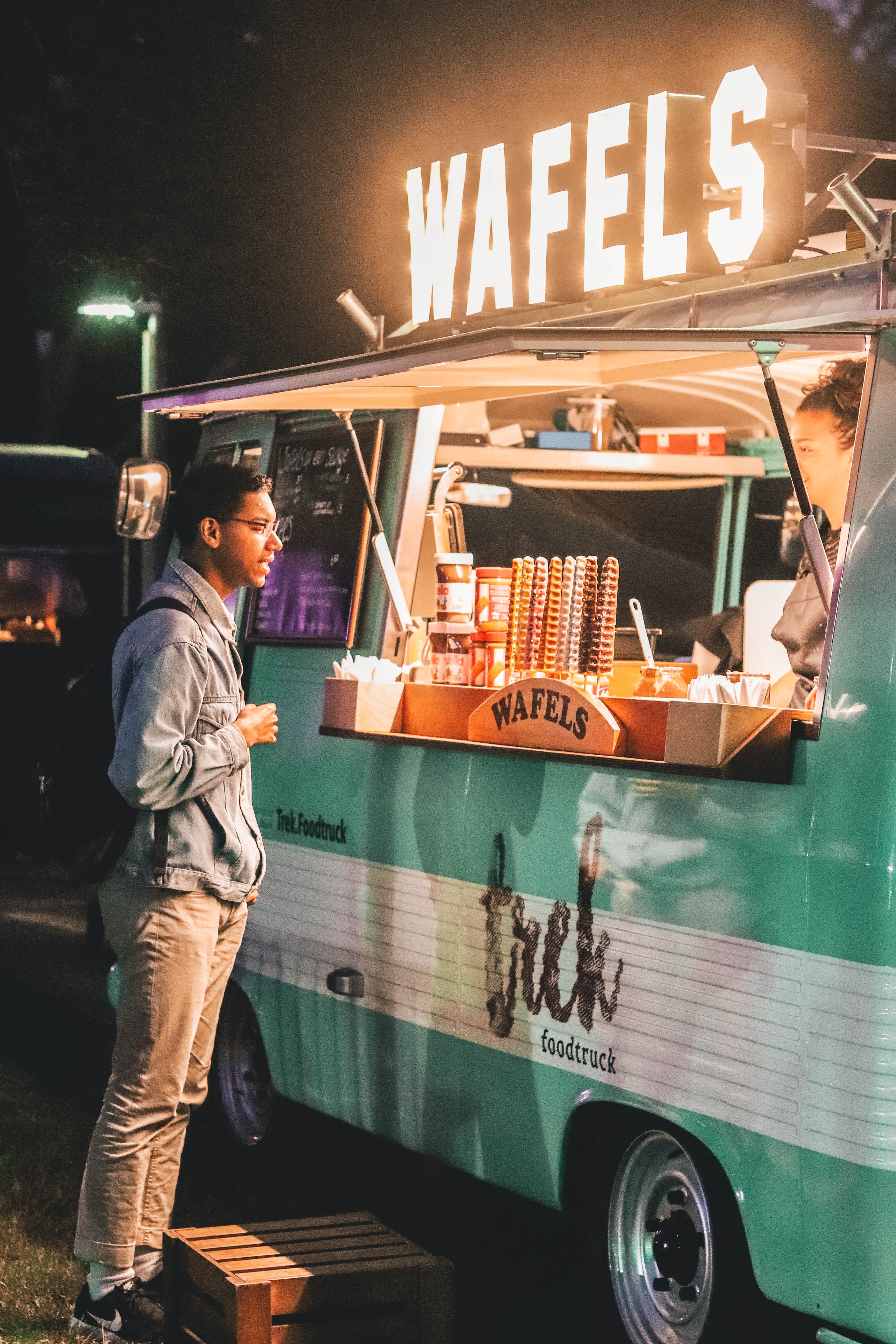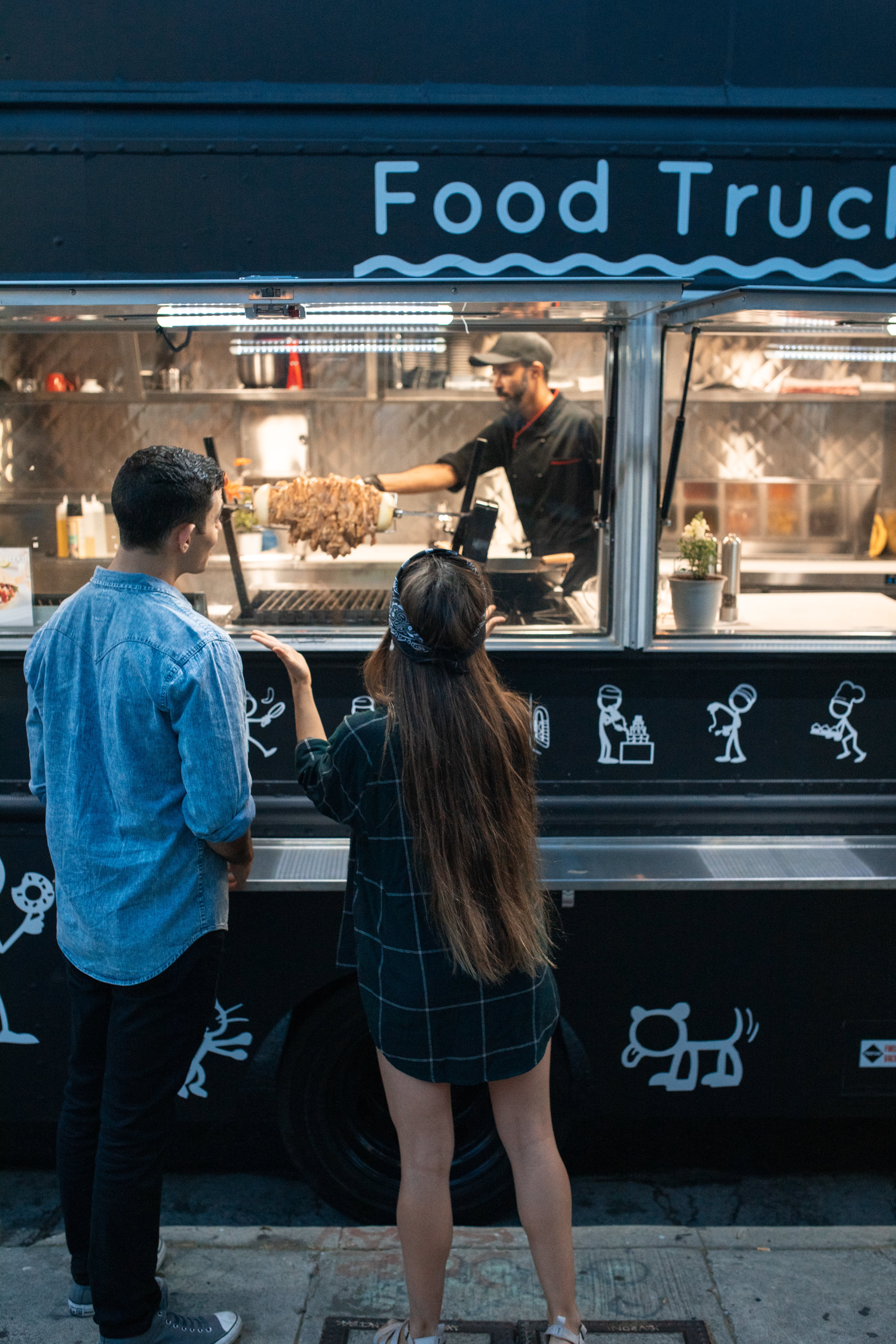
The Science of Street Food: Why Food Truck Cuisine Is Trending
Exploring the Appeal of Food Truck Fare
Street food has been a significant part of human diets for centuries; however, it’s quickly evolved into a beloved part of the global culinary landscape. What was once a way to feed workers in 17th-century America and has long been a cultural staple in places such as China and India have become a global phenomenon and an essential part of the culinary experience for many. A quintessential example of this evolution is the rise of food trucks. Let’s explore the fascinating world of food trucks, delving into their cultural impact, the influential role of social media, and their harmonious coexistence with traditional dining establishments.

The Cultural Impact of Food Trucks
Food trucks have skyrocketed in popularity in recent years, transforming from a niche segment into a booming industry that has revolutionized the street food scene. This trend has created a dynamic culinary culture that encourages experimentation and fusion. Food trucks serve as a canvas for culinary creativity, where chefs can play with flavors and techniques. This vibrant and inclusive culture has resonated deeply with the millennial and Gen Z generations, further fueling the food truck phenomenon.
These days, food trucks are everywhere, from large-scale festivals to local farmers’ markets. Going to breweries where food trucks are present (seemingly most breweries) has become a popular dinner option for families, friends, and couples. Dining at a food truck is more than just a quick meal; it’s a culinary experience. There are currently over 36,000 food trucks operating in the United States.
The Role of Social Media in the Rise of Food Truck Cuisine
Social media is a massive presence in our everyday lives. Naturally, that means it has also played a pivotal role in the ascent of the food truck culture.
In the digital era, platforms like Twitter, Instagram, and Facebook have become excellent tools for these mobile restaurants to engage with their audience and build a loyal customer base. Social media’s instant and widespread reach allows food trucks to update their followers about their daily locations, unique menu items, and upcoming events. Engaging visuals of mouth-watering dishes shared on these platforms attract food enthusiasts, while positive reviews and comments amplify their visibility. Thus, the use of social media networks has not only boosted the visibility of food trucks but also forged a stronger connection between the vendors and their customers.
The Impact of Food Truck Cuisine on Traditional Dining Establishments
While, in some cases, the emergence and popularity of food trucks may create challenges for traditional restaurants, it does not mean they are in danger. These two are not considered direct competitors. The food truck industry provides a new way for restaurants to reach customers. Many culinary establishments now offer brick-and-mortar and mobile options, catering to a larger audience and gaining an edge in this competitive market. The coexistence of these two sectors has led to a more diverse and vibrant food scene.
The food truck revolution has reshaped how we perceive and experience street food. This has led to an enriched and diverse culinary landscape. As we move forward, the innovative and resilient spirit that defines food truck cuisine promises to continue driving the evolution of the global food scene. So, the next time you see a food truck parked on the street, don’t hesitate to hop in and indulge in this ever-evolving culinary adventure. Who knows what delicious and creative dishes await?

